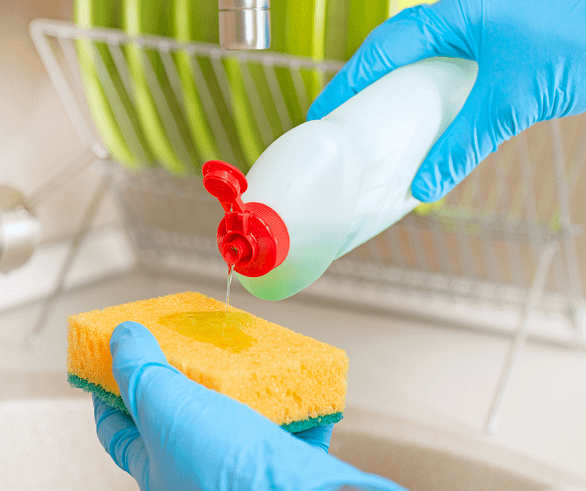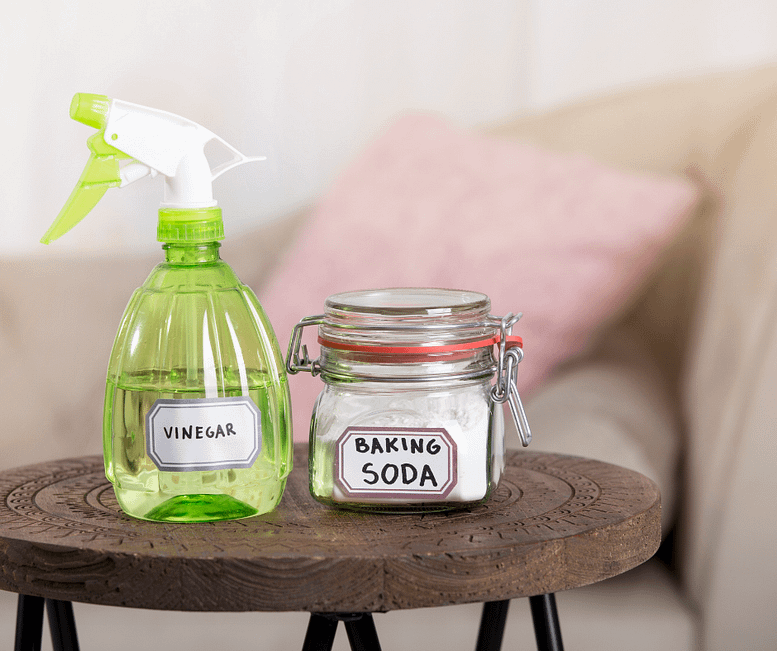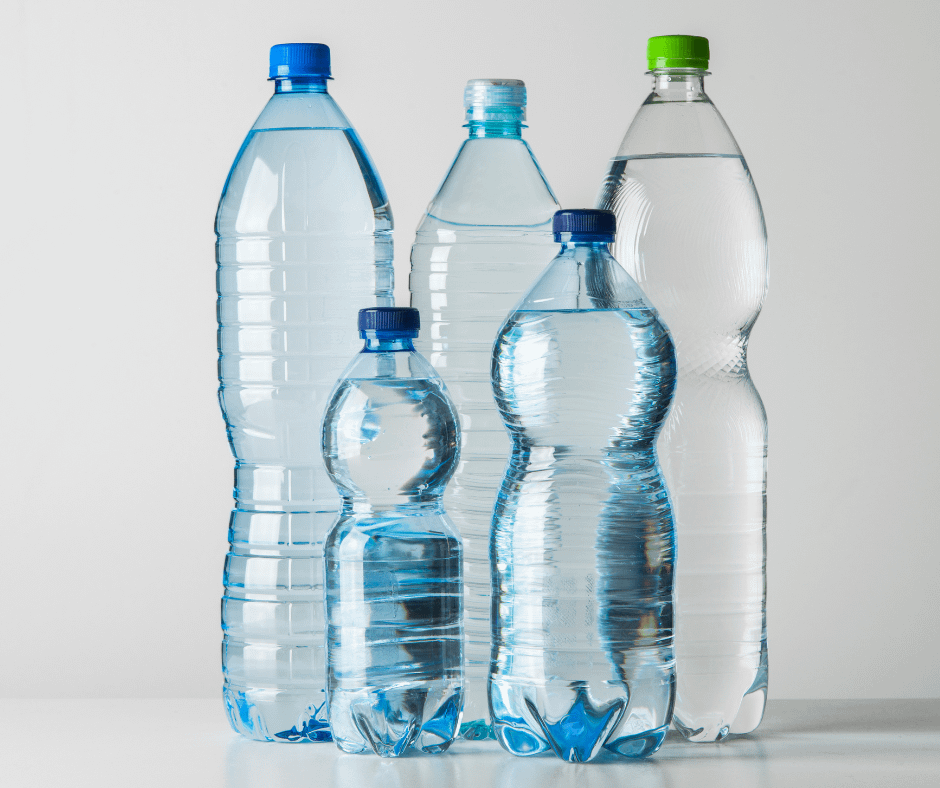A blocked toilet is never a welcome surprise. It can disrupt your day and create an uncomfortable situation, especially when a plunger isn’t nearby. At DMI Drain Care and Groundworks, we understand how frustrating this can be. Luckily, there are effective ways to unblock a toilet without a plunger using simple household items and practical DIY techniques.
In this guide, you’ll discover proven DIY toilet unclogging methods and home remedies for toilet blockages that you can try quickly and safely. Whether you need emergency fixes or preventive tips, we’ll help you regain control of your bathroom with minimal hassle.
How to Unblock a Toilet Without a Plunger: DIY Toilet Unclogging Methods
If you find yourself without a plunger, don’t panic. Several easy methods can help you get the job done. One of the simplest approaches is to use hot water combined with dish soap. The warmth softens the clog while the soap lubricates the pipes, encouraging blockages to loosen and flow naturally.
Another popular home remedy involves baking soda and vinegar. When poured into the toilet bowl, this mixture causes a fizzy chemical reaction that can help break down minor clogs. Let it sit for 15-20 minutes before flushing with hot water.
If you prefer a more hands-on technique, try using a plastic bottle filled with hot water. By squeezing it forcefully into the drain, you create pressure similar to a plunger, which may dislodge the blockage. Alternatively, a toilet brush or even cling film tightly stretched over the bowl can be surprisingly effective as makeshift unblockers.
While these DIY toilet unclogging methods are often successful, it’s essential to exercise caution. Avoid using sharp objects like wire hangers, which can damage your pipes. For serious blockages, it might be best to call professionals like DMI Drain Care and Groundworks, who have the tools and experience to handle tough cases safely.
Emergency Toilet Unblocking Tips and Additional Advice
In urgent situations, knowing the right emergency toilet unblocking tips can save the day. If hot water and soap aren’t enough, consider using a wet/dry vacuum to suck out the clog. Make sure to protect the vacuum and follow safety precautions carefully.
When attempting any unblocking technique, always prepare your space. Turn off the water supply to the toilet to prevent flooding. Remove excess water from the bowl with a bucket to avoid spills, and keep towels handy for any messes.
At DMIDrainCareAndGroundworks, we recommend ventilating your bathroom, especially if you’re using chemical drain cleaners. Open windows or run an extractor fan to keep the air fresh and reduce inhalation risks.
Related Tips for Toilet Maintenance and Blockage Prevention
To reduce the chance of future blockages, practice simple habits like avoiding flushing anything other than waste and toilet paper. Items like wet wipes, sanitary products, and excessive toilet paper can cause stubborn clogs.
For additional guidance on plumbing maintenance and efficient drainage solutions, visit our Drain Maintenance and Cleaning Services page. Proper upkeep can prevent costly repairs and keep your home running smoothly.
DIY Toilet Unclogging Methods: Natural Solutions You Can Trust
Many people prefer natural, non-toxic solutions for dealing with toilet blockages. Aside from baking soda and vinegar, hot saltwater is another option. Salt acts as a mild abrasive and can help dissolve buildup inside the pipes.
Another useful trick is the “plastic bottle plunger” method, where the bottle is squeezed forcefully to push the clog through. This technique works best on softer blockages and is a great alternative when a plunger isn’t available.
If you want to explore more ideas on tackling plumbing issues, check out this comprehensive guide on natural ways to unblock toilets by Family Handyman. It covers safe and effective home remedies worth trying.
Final Thoughts: Quick, Safe, and Effective Toilet Unblocking
Knowing how to unblock a toilet without a plunger can save you time, stress, and the cost of emergency plumbers. With these DIY toilet unclogging methods and home remedies for toilet blockages, you can handle most common clogs quickly and safely.
Method 1: Hot Water & Washing Up Liquid
Some people swear by using hot water and dish soap to unclog a toilet — you are unlikely to damage your toilet by trying this, but please be careful when handling boiling water, and beware of overflowing bubbles!
Items needed:
- Washing up liquid
- Water
- Kettle

Step by Step Guide
- Pour a generous amount of washing up liquid directly into the toilet bowl and leave it for 30 minutes.
- Fill the kettle with water, boil it, and return to the toilet.
- Pour a small amount of boiling water into the bowl — be careful not to overfill it.
- The washing up liquid may have lubricated the clog, and the hot water may help to dissolve it and flush it away.
Method 2: Toilet Brush
If you’re wondering How to Unblock a Toilet Without a Plunger, it’s obviously because you don’t own one. But, everyone owns a toilet brush. This method is an old classic for that exact reason. In a pinch, you can transform it into a makeshift plunger using common household items.
Items needed:
- Toilet brush
- Plastic bag
Step by Step Guide
- Tie a plastic bag over the end of your toilet brush.
- Plunge the toilet brush in and out of the toilet, just like a regular plunger.
- This is less effective than a regular plunger, so it may take longer to see results.
Method 3: Forced Flush
Forcing a toilet to flush has varying degrees of success, depending on the severity of the clog.
Items needed:
- Bucket
- Water
- Towels
Step by Step Guide
- Lay towels around the base of the toilet to minimise the impact of any overflow.
- Fill the bucket with water.
- Pour the water into the toilet bowl, beginning slowly before dumping the remainder of the bucket into the toilet.
- The force of the water may push the blockage through the pipes and flush the toilet.
Method 4: Baking Soda & Vinegar
This method is often recommended but is unlikely to resolve a real draincare emergency. The reaction between vinegar and baking soda creates a minor fizzing action that can help to dislodge mild clogs.
Items needed:
- Vinegar
- Baking soda
- Hot water

Step by Step Guide
- Pour approximately 150g of baking soda into the toilet bowl and top up the bowl with hot water until it is half full.
- Slowly pour the vinegar into the toilet bowl, being careful that the fizzing reaction will not overflow.
- Leave the reaction to work for 30 minutes.
- If the water level in the bowl has lowered after 30 minutes, attempt to flush the toilet.
Method 5: Drain Rod/Wire Hanger
This method makes every experienced drain professional wince — the drain rods available on the internet are typically easy to accidentally break apart and generally unfit for purpose, and a wire hanger can cause serious damage to your cistern. Read on to find out why we would never recommend this.
Items needed:
- Drain rods
- A wire coat hanger
Step by Step Guide
- Unravel the wire hanger / clip together cheap drain rods.
- Push the rod into the first few inches of pipework and attempt to dislodge the blockage.
This can go wrong in so many ways. You can damage your pipes, force the blockage further without actually clearing it, or even lose a portion of drain rod inside your toilet. Professional drain rods screw together to avoid this, and we promise that none of our state-of-the-art equipment can be found in a wardrobe!
It’s like if you’re wondering how to unblock a toilet without a plunger, you’re not going to have drain rods lying round. If you’re in this position, do yourself a favour. don’t try this one yourself. Call the expects to unclog your toilet.
Method 6: Wet/Dry Vacuum
A wet/dry vacuum cleaner can be expensive, but if you can get your hands on one, it can be used to potentially pull a blockage free.
Items needed:
- Wet/dry vacuum cleaner
- Towel
Step by Step Guide
- Drain the water from the toilet bowl using the vacuum and discard the water.
- Push the hose of the vacuum into the u-bend of the toilet.
- Use the towel to create a seal around the vacuum tube and turn on the vacuum. It may be able to pull out the blockage.
Method 7: Plastic Bottle
This method uses materials that most people will have laying around the house, making it cheap and accessible. Depending on the size of the bottle, it may be ineffective against severe clogs, but is unlikely to cause damage to your toilet.
Items needed:
- Empty plastic water bottle
- Scissors

Step by Step Guide
- If the toilet bowl is full, remove some of the water to avoid overflowing.
- Ensure that the cap of the bottle is on tightly.
- Cut the base off the bottle and insert this open end into the toilet.
- Squeeze the bottle rapidly — compressing it will force air flow down the toilet and may help to dislodge the blockage.
Method 8: Cling Film Clearance
This method works best for high-pressure toilet systems.
Items needed:
- Cling film
- An old towel
Step by Step Guide
- Dry the edge of the toilet bowl with an old towel.
- Place a layer of cling film over the toilet bowl and ensure that this is airtight.
- Add two more airtight layers of cling film.
- Flush the toilet.
- The cling film should bulge upwards due to the pressure caused by the flush.
- Gently push down on the bulging cling film, which will reverse the suction and hopefully clear the blockage




